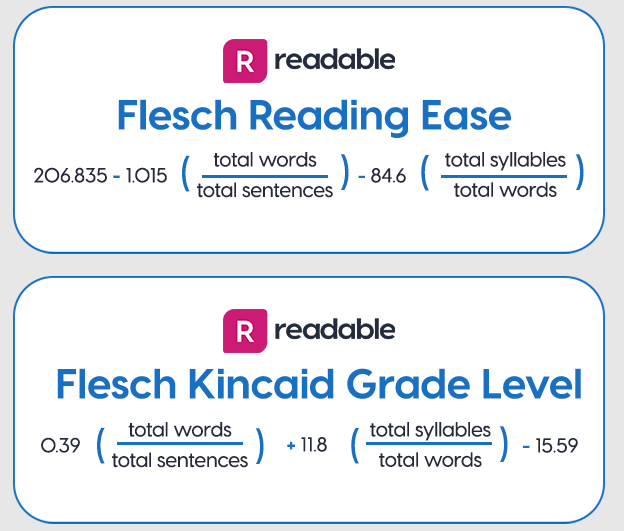Basic Blog Configuration terms and definitions
Tone
Tone is the way a person speaks to others. It refers to the choice of words, volume, tone, and speed of information, and can affect the audience's perception and response to the speaker. If the operation is incorrect, the information may be misunderstood or ignored, and tone can also affect the audience's perception and response to the speaker. Controlling tone consistency during the process of manipulating AI-generated content is not easy, so QuickCreator has set the following built-in "tone" for users/clients.
Dialogue tone
The friendly and casual tone feels like a conversation between the author and the reader. The tone of the conversation is similar to everyday speech, which helps to make complex topics easier to understand. This tone uses abbreviations, questions, colloquialism, and can directly address the reader.
Inspirational tone
This tone is common in lifestyle, self-help, or inspirational blogs. It aims to elevate readers' level and usually contains positive language and success stories that encourage optimism and action.
Persuasive tone
When the goal is to persuade readers to take specific actions, such as purchasing products or services or adopting a certain viewpoint, a persuasive tone is usually used. This tone uses strong and confident language, focuses on the benefits, and usually includes a Call to Action (CTA).
Humorous tone
The tone is full of humor, storytelling, and vivid descriptions.
Educational tone
The tone aims to educate readers with facts.
Professional tone
The tone that establishes the author's expertise and credibility on a certain topic. It is usually more formal and uses industry-specific terminology.
Readability
What is readability?
Readability is an indicator of the readability of a piece of text. The complexity, familiarity, readability, and layout of the text all affect its readability. Readability is a key factor in User Experience. Accessible content can establish trust with your audience.
Why readability is important
Readability is important because Google considers it a key ranking factor. This is based on the analysis of human behavior on the website. If ordinary people find website content too difficult to read, they will click elsewhere. Google likes content with appropriate readability because it can improve User Experience: content that is easier to understand will be easier to navigate. This will encourage readers to stay on your page, which in turn increases the bounce rate. Optimizing readability is not an easy task. However, with the help of AI, this aspect has become increasingly easy.
Readability in QuickCreator
First, QuickCreator allows users/clients to control readability, and in the subsequent writing process, AI controls sentence length and word length.

The setting items are:
General: (7th grade)
Easy to read and easy for children under 13 to understand.
Knowledgeable: (8th-9th grade)
Knowledge-based content suitable for children aged 13 to 17.
Expert: (High School )
Professional content, suitable for people over 18 years old to read.
How does QuickCreator calculate readability metrics?
QuickCreator uses "Flesch Reading Ease score" to calculate readability. Flesch Reading Ease gives text a score between 1 and 100, with 100 being the highest readability score. A score between 70 and 80 is equivalent to grade 8 in school. This means that the text should be relatively easy to read for ordinary adults.

Writing perspective
The writing perspective is the way the author decides who tells the story to whom. Establishing a clear perspective is important because it determines how readers interpret characters, events, and other important details. There are three perspectives: first person, second person, and third person.
